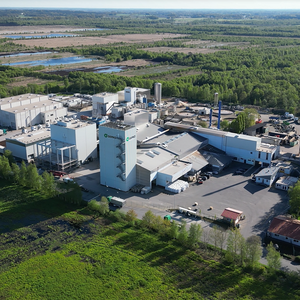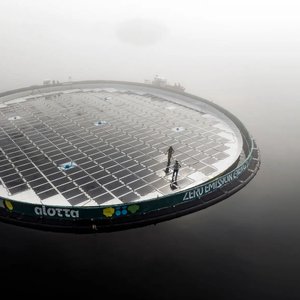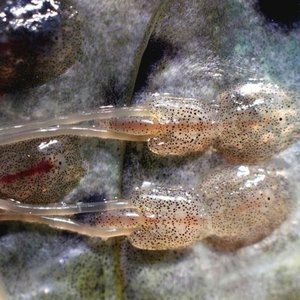El Niño Arrives; Expected to Persist through Winter 2009-10
NOAA scientists announced the arrival of El Niño, a climate phenomenon with a significant influence on global weather, ocean conditions and marine fisheries. El Niño, the periodic warming of central and eastern tropical Pacific waters, occurs on average every two to five years and typically lasts about 12 months.
Sea surface temperatures along the equatorial Eastern Pacific, as of July 1, are at least one degree above average — a sign of El Niño.
NOAA expects this El Niño to continue developing during the next several months, with further strengthening possible. The event is expected to last through winter 2009-10.
An El Niño event may significantly diminish ocean productivity off the west coast by limiting weather patterns that cause upwelling, or nutrient circulation in the ocean. These nutrients are the foundation of a vibrant marine food web and could negatively impact food sources for several types of birds, fish and marine mammals.
In its monthly El Niño diagnostics discussion last week, scientists with the NOAA National Weather Service Climate Prediction Center noted weekly eastern equatorial Pacific sea surface temperatures were at least 1.0 degree C above average at the end of June. The most recent El Niño occurred in 2006.
| Tropical Pacific Sea Surface Temperature Animation (NOAA) |
| Weekly averaged sea surface temperatures (top, °C) and anomalies (bottom, °C) for the past twelve weeks. SST analysis is the optimum interpolation (OI) analysis, while anomalies are departures from the adjusted OI climatology (Reynolds and Smith 1995, J. Climate, 8, 1571-1583). |










